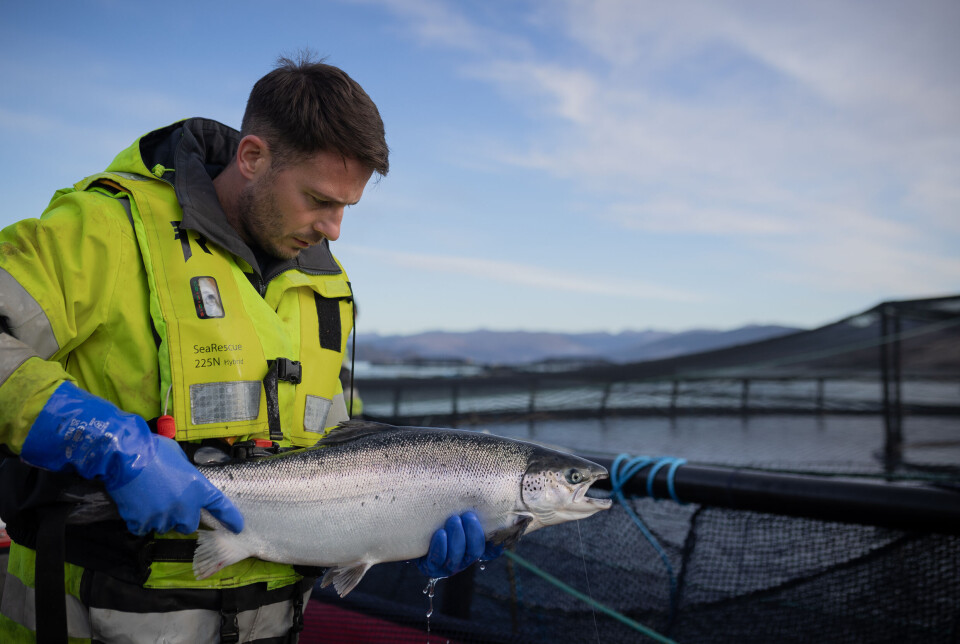
Record survival for Scottish farmed salmon in first half of year
Average monthly rate reached 99.12% as £1 billion investments and hard work showed results
The monthly survival rate of farmed salmon in Scotland averaged 99.12% between January and June – the best start to a year since data was first voluntarily published in 2018.
Trade body Salmon Scotland said the figure reflects continued improvements in fish health and environmental conditions as a result of a £1 billion investment by the sector in innovation across veterinary care, technology, and stock management over the last seven years.
The strong start to 2025 builds on progress seen last year. Cumulative mortality - the total number of fish deaths over time - fell by more than a third in 2024. Overall survival across all farms reached 82.3%, up 10 percentage points from 72.3% the year before.
Hard work rewarded
Salmon Scotland chief executive Tavish Scott said: “These figures demonstrate our members’ commitment to fish health and welfare, and to responsible farming.
“The hard work of our farmers, supported by more than a billion pounds of investment in new technology, has been rewarded with survival rates at record highs.
“At the same time, demand for Scottish salmon is soaring at home and overseas. Consumers recognise the quality and nutritional value of the fish we grow in our seas.”
Many improvements
The improved survival rate echoes a report from the country’s biggest salmon farmer, Mowi, last month. It said the first half of 2025 was the best for fish health in that period for several years.
Mowi said improvements had been made across a number of areas including reduction in overall mortality; improved management of plankton blooms; improvement in treatment of gill infections; and reduction in bacterial infections.
The fish farmer added that sea lice levels were at their lowest since 2017, feed conversion ratio had improved, and there had been an increase in average weight of fish. Post-smolts were having a highly impactful effect on production, and there had been excellent performance across freshwater sites.























































